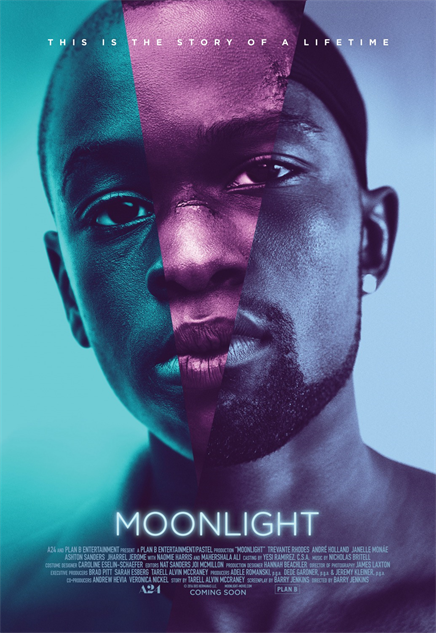A guy who has a curse casted on him where every time he meets a person with a very common name he gets a letter added to the hangman (sticky note), he gets confused every time he goes back to the hangman with a letter being added with every person he meets who has a common name, its meant to spell out death (Dan, Ethan, Adam, Tim, Harvey), he tries to completes it thinking it means something else, until he realise its all a dream and wakes up to a serial killer at the end of his bed.
Statement of Intent: I am going to make a horror / drama film where a guy called Kaiden (The name Kaiden is primarily a male name of American origin that means Fighter.) has a curse casted on him whereby he touched a piece of cheese to get it and then he gets serve insomnia for hating people who have common names due to his childhood bullies (Dan, Ethan, Adam, Tim and Harvey). He meets each person as time goes on and instead of resolving his issues he makes things worse with each person. Every time he goes back to his house a sticky note pops up with a letter added to it. He is confused and tries to make it spell something else each time, until he is on his last letter where he eventually realises what it spells and is terrified (the last person keeps appearing out of nowhere haunting him) and he tries to make things right by going to his bully and tries to make things better. The curse is broken and he eventually falls asleep.
For the first poster I want someone to be looking away from the camera holding up a sticky note with dashes on it (underscores) with the film name being cheese touch, going for a dark metal theme with metallic text. For the other poster I am going to do it similar to this:


